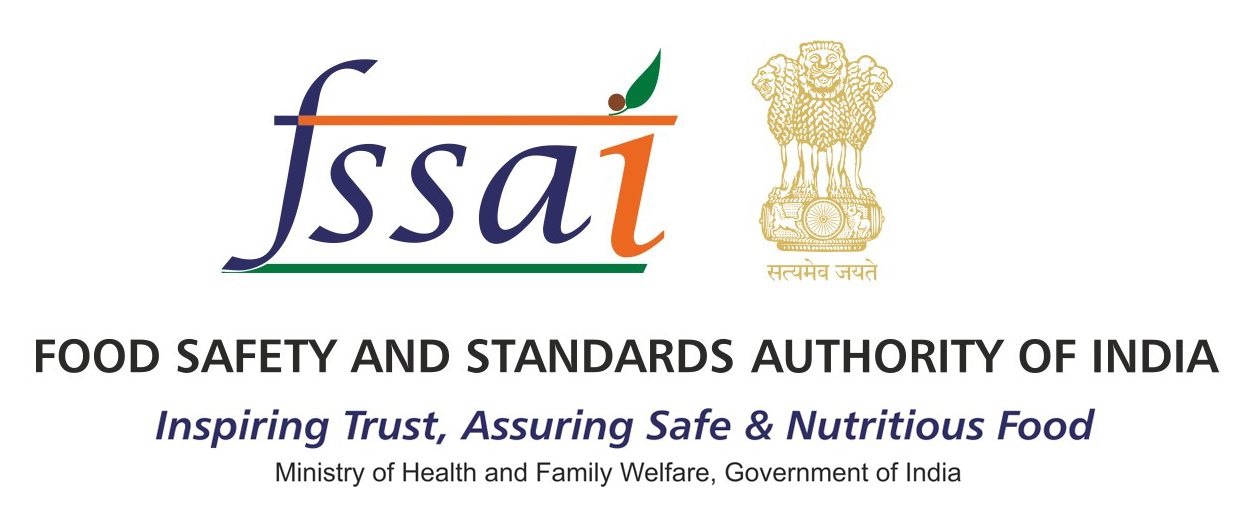“Salt is the only product that changes cuisine. There’s a big difference between food that has salt and food without it. If you don’t believe that, ask people who can’t eat salt”.
– Ferran Adria

Salt is one such ingredient which can make or break a meal; it’s part of everyone’s kitchen and we just can’t do without it. It’s a mineral made primarily of sodium chloride that, when consumed in the right amount, can provide a variety of health benefits. However, owing to how rampant and widespread food adulteration is nowadays, even the simple, unsuspecting salt we’re using can be contaminated.
Iodised salt
Iodised salt contains trace levels of sodium or potassium iodide. It’s essentially normal salt sprayed with potassium iodate. When used in moderation, it is ideal to avoid iodine deficiency disorder (IDD). Iodine ensures proper development of the body and brain and regulates the body temperature as well.
As a result, the Government of India adopted a strategy to iodize all edible salt in the country as part of the National Iodine Deficiency Disorders Control Program (NIDDCP). The majority of table salt used nowadays is iodized which has a variety of benefits. The government made mandatory consumption of only iodized salt on the grounds that iodine deficiency causes a wide range of disorders, including stillbirth, abortion, dwarfism, squint eye, mental retardation, lower IQ, and neuromotor abnormalities. However, the government’s goal of developing a long-term and sustainable preventive solution to eliminate iodine deficient illnesses is fraught with difficulties. According to the Food Adulteration Act, iodised salt shall include no less than 30 ppm at the manufacturing level and no less than 15 ppm at the consumer level. Despite such regulations, only a small percentage of brands comply with the national standards of quality and acceptability criterias
Benefits of iodized salt
When consumed in moderation, iodized salt can prove to be beneficial for our health. It boosts thyroid function, keeps our weight in check by regulating our metabolism, helps ensure a healthy pregnancy, removes toxins, prevents bacteria, promotes heart health and helps with hydration.
How to detect adulteration
Iodised salt is frequently contaminated with common salt, which renders the purpose of iodisation null. However, you may now detect common salt adulteration in iodised salt with a simple test.
According to the FSSAI (Food Safety and Standards Authority of India), to detect if the salt you’re using is adulterated-
- Cut a potato into two pieces.
- Sprinkle a small amount of the suspected salt onto the cut pieces and set it aside for a minute.
- Pour a few drops of lemon juice on both samples.
- If the iodized salt is adulterated, the potato will turn blue.
- If there is no change in colour, there is no adulteration.
Besides this, salt is often adulterated with chalk powder owing to its similar appearance and texture. In order to detect the presence of chalk powder in salt-
- Stir a spoonful of the suspected salt in a glass of water.
- If the chalk is present in the salt, the solution will turn white and other insoluble contaminants will settle down.
What’s worth your salt
As consumers, we deserve to consume foods that are clean, hygienic and unadulterated. However, we can’t always control the various forms of malpractices and unethical ways of manufacturers. Our best bet is in the knowledge we have about what’s happening around the world and the process of food, from farm to fork. Therefore, dear readers, know better, eat healthily and keep safe!
 Food Manifest
Food Manifest 
















Leave a Comment
Your email address will not be published. Required fields are marked with *